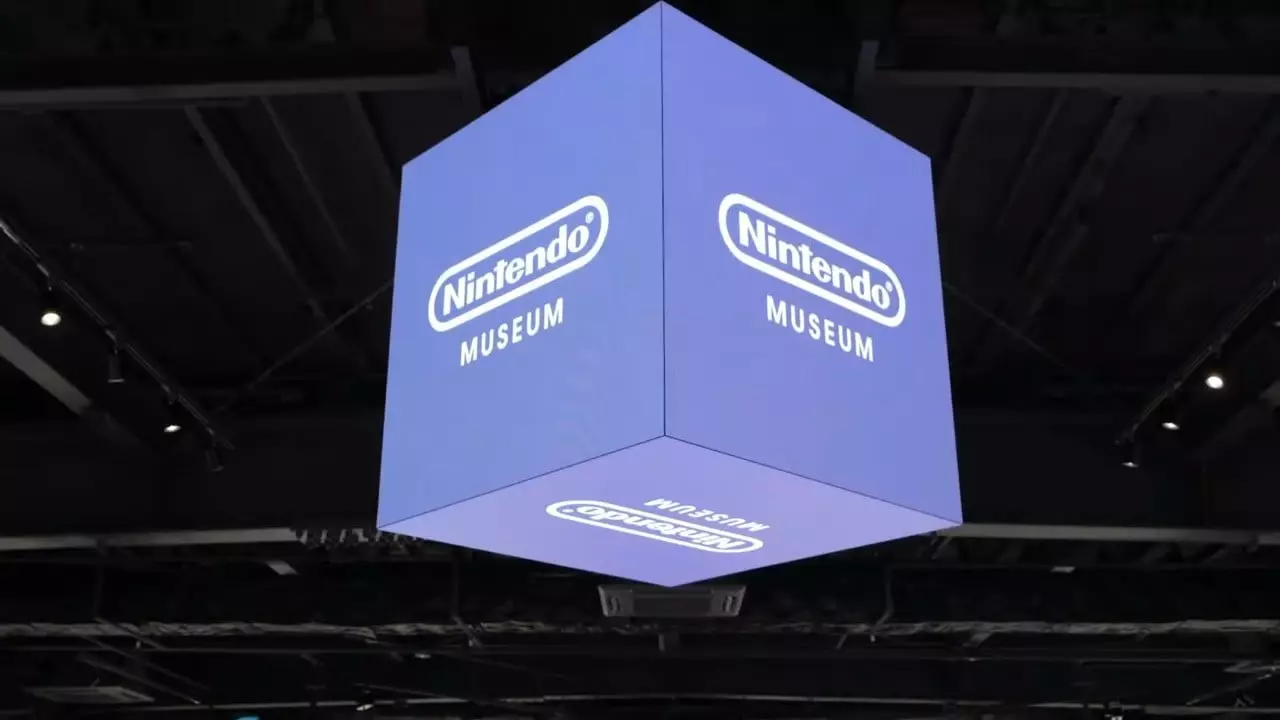This week, the long-anticipated Nintendo Museum officially opened in Kyoto, Japan, marking a significant cultural event for gaming enthusiasts and casual visitors alike. As the first dedicated space celebrating the legendary company that has shaped the gaming landscape, the museum has elicited varied reactions from critics and fans. While some see it as an enchanting homage to Nintendo’s legacy, others highlight the limitations in its approach to presenting the company’s rich history.
The critical reception of the Nintendo Museum has been a mixed bag. IGN characterized the experience as “light on history” yet heavily focused on fun. It seemed that in striving to create an engaging atmosphere, the museum might have sacrificed depth for entertainment. Critics noted that, despite the striking exhibition spaces and immersive activities, many traditional aspects of a museum setting were notably absent. This approach has led some to wonder whether the museum truly fulfills its role in educating visitors about the storied past of Nintendo.
Forbes took a different angle, describing the museum as “thoroughly magical” while appreciating its detailed visual displays. The mention of boxes from various regions—some with price stickers stuck to them—prompted reflections on the culture of gaming and nostalgia attached to these artifacts. Such elements serve to humanize the exhibits, reminding visitors that all games, even beloved classics, have a history beyond their polished surfaces.
On the other hand, The Guardian reinforced the sentiment of nostalgia, suggesting that the museum is a “nostalgia-laced trip down memory lane.” This perspective resonated especially with those who hold fond childhood memories connected to Nintendo’s games. The incorporation of playful features, such as hidden Pikmin and Excitebike motorcycles, adds a delightful charm, making the museum not just a collection of items but an interactive experience. However, the lottery system for ticket availability raises concerns about accessibility, especially for eager fans who may be unable to secure a visit.
Despite the enjoyable elements, many critics indicated that the Nintendo Museum could benefit from deeper historical insights. The Japan Times highlighted a significant gap, lamenting the absence of context regarding the personalities behind Nintendo’s iconic titles. With little emphasis on figures like Shigeru Miyamoto or Satoru Iwata, the museum risks diminishing the contributions of these visionaries. The need for balance between entertainment and a comprehensive narrative about the development and people behind the games cannot be overstated, as it is this human connection that often resonates most with fans.
Additionally, The Verge pointed out that while the museum successfully captures Nintendo’s playful culture, it shies away from exploring the complexities and challenges the company has faced over the years. By not engaging with these “messy, human” aspects, visitors might miss out on understanding the trials and tribulations that shaped Nintendo into the groundbreaking developer it is today.
GameSpot provided a poignant reminder that personal experiences greatly influence how one engages with the museum. For visitors steeped in Nintendo lore, the museum can evoke genuine emotion and nostalgia, transforming it from a passive observation space to an interactive journey through cherished memories. For those who do not share a pre-existing connection to Nintendo, however, the lack of detailed narratives may result in a less impactful experience, highlighting the importance of audience context in appreciating such attractions.
Ultimately, the Nintendo Museum serves as both a celebration of gaming culture and a reminder of the complexities involved in curating such an expansive heritage. While it shines in creating an enchanting environment filled with playful detail and nostalgic artifacts, it also faces scrutiny for its limited historical narrative. For die-hard fans, the museum is undoubtedly a must-visit, a chance to connect with a beloved brand like never before. However, it also prompts an important discussion on how we approach the history of video games—a medium that continues to evolve and captivate audiences worldwide.

